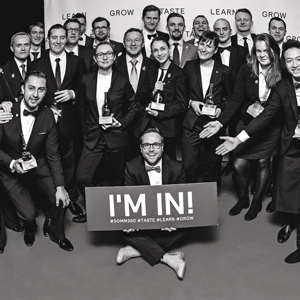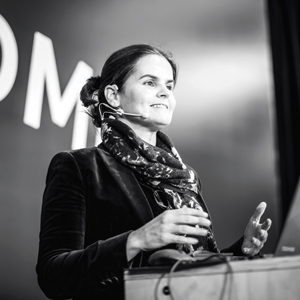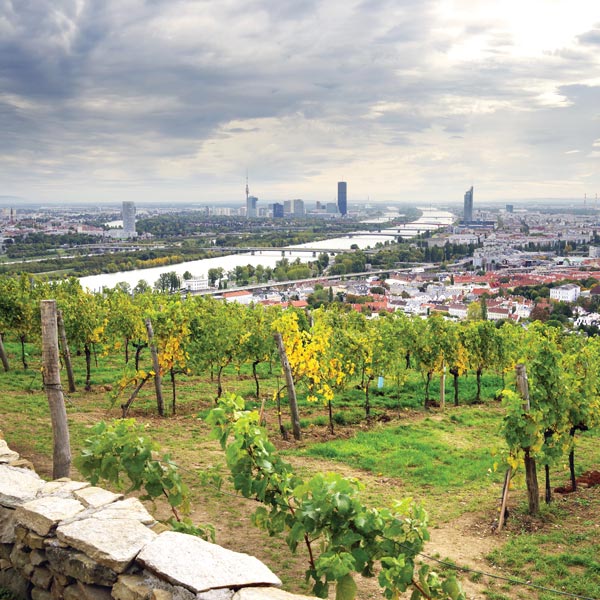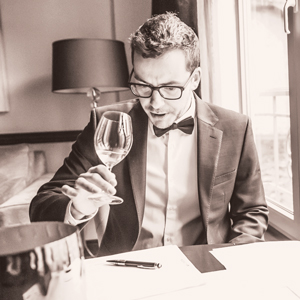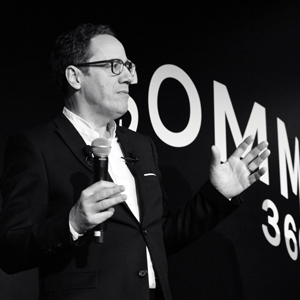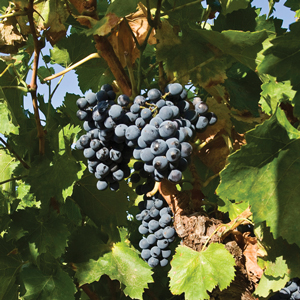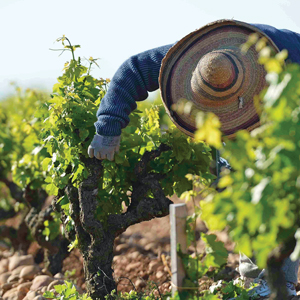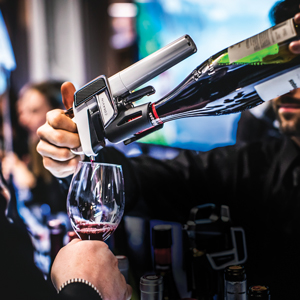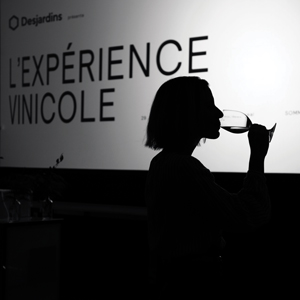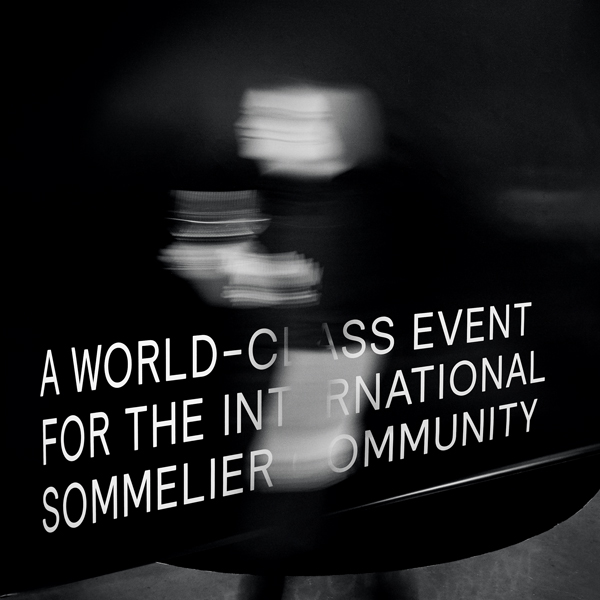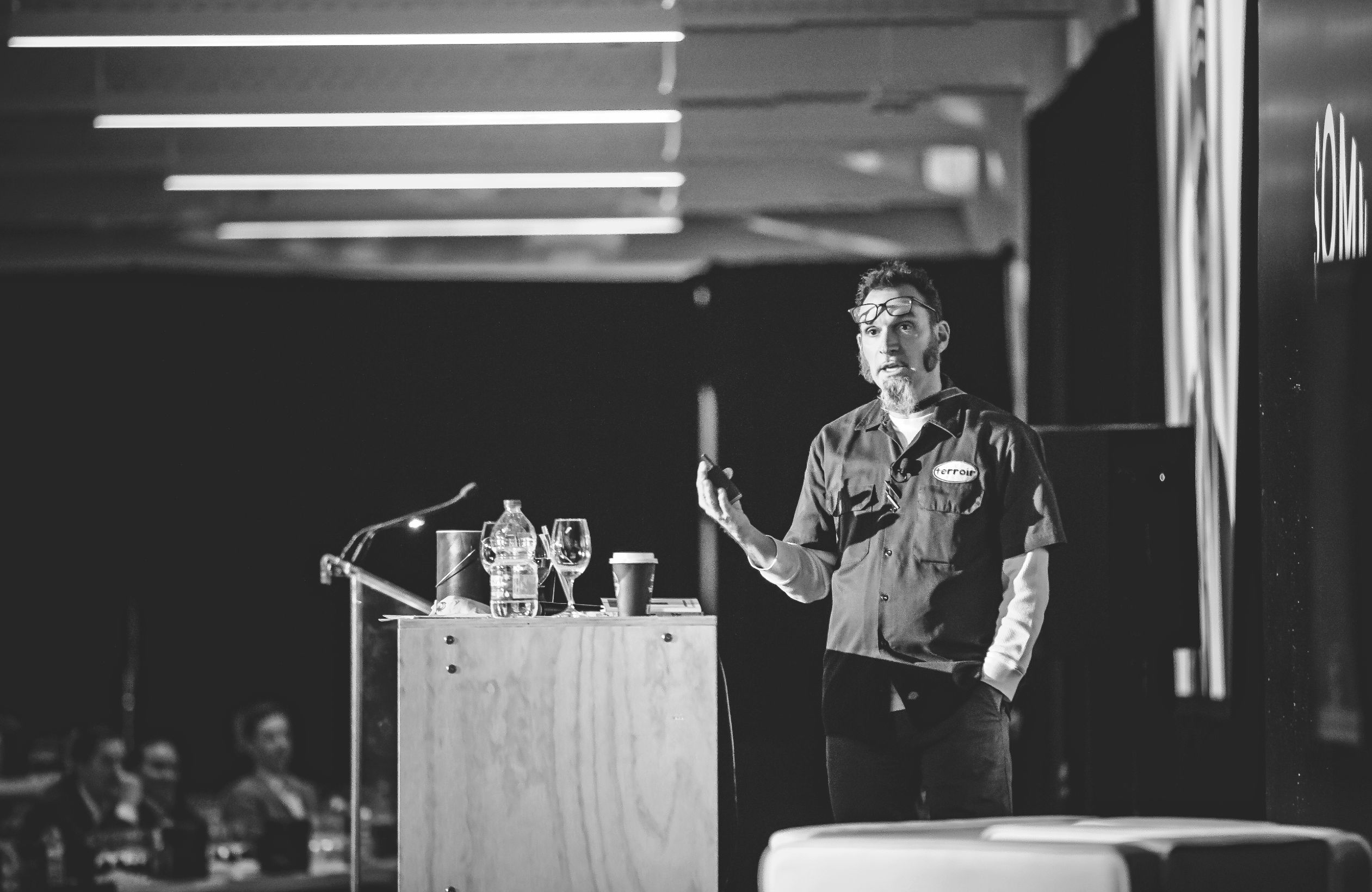SOMM360 is a platform for every sommelier seeking perfection through continuous education and training for competition.
Get the latest info about Somm360
© 2018 SOMM360


As well as taking part in the master classes, participants at SOMM360 also heard inspirational stories about their industry. These included two very different approaches: one from Paul Grieco, of the New York City wine bar Terroir, and another from Guillermo Cruz, ex-head sommelier and front-of-house manager at Mugaritz, in Spain, one of the top restaurants in the world. Both share the same goal: communicating their love of wines and creating unique combinations.
“Service is a monologue, it is me telling you what I’m going to do as your server, and you have no say in the matter. Hospitality is a dialogue, with guests telling me their expectations, and me trying to fulfil those expectations.”
—Paul Grieco
A glass with… Paul Grieco: Communicating through the wine list
“I pledge allegiance to the wine list: a document inspired by man/place/grape, infused with the personal beliefs of a wine-focused individual who has no cheque-signing ability, crafted to bring hopeful joy and education to the dining public, maintained by the allegiance of cellar rats and fiscally sensible people, devoid of all typographical and grammatical errors and purposed to keep cash flow strong and moving with yumminess and cool shit for all.”
Bad-boy sommelier Paul Grieco had the 300 participants stand and repeat his credo on the first night of the SOMM360 conference. The Toronto native, who has called New York City home for 30 years, wanted to spread the word about how important a wine list is for educating customers and making them dream. “We may not realize it, but most of our guests look at what we do as very much like a private club. We use an arcane language to describe the product we ply in our trade. The way we list things confuses everyone.” Grieco told the audience that, while we may sell wine, we are in the hospitality business. “Service is a monologue, it is me telling you what I’m going to do as your server, and you have no say in the matter. Hospitality is a dialogue, with guests telling me their expectations, and me trying to fulfil those expectations.” Grieco says the goal is to engage all his guests in a conversation about wine.
A cork puller or a storyteller?
Grieco says he was turned on to punk music in the mid-80s, and he realized early on that music, art and books moved him, and so did wine. He says communication is the key element the sommelier can bring to the table. “Since I cannot get to every table, but my wine list does, the wine list is the entrée into this broad conversation for those who want to have that wine conversation.” The wine list at Grieco’s wine bar, Terroir, helped to develop a new way of communicating and was a bit of a revolution in wine culture. It was presented in a three-ring binder with bold typeface and with asides about pop culture and literature. “We need to make wine more accessible, to put across our love of wine to other people.” Grieco says the easiest way of doing that is to make your wine list more than just a list of wines. “Do you want to just be a glorified cork puller, or do you want to be a storyteller?”
A coffee with… Guillermo Cruz: Wine and food in communion
The next morning, it was Guillermo Cruz’s turn to explain the philosophy he developed at Mugaritz Restaurant. Until recently the wine director and front-of-house manager of the restaurant, which was named ninth best in the world, he says things changed at Mugaritz in 2015. That is when he convinced chef Andoni Luis Adurizis to begin travelling with him to find the perfect wines to pair with each dish of the restaurant’s 26-course tasting menu. “Now it is no longer the chef preparing dishes and us finding the right wine. We do everything together from the conception of the menu.” Guillermo Cruz says that when a dish is imagined with a wine in mind, people realize that the solid and the liquid can be at the same level.
A quest for emotions
Mugaritz closes for four months every year to re-invent its menu and, during this time, the chef and the sommelier travel the world seeking wine inspirations. “There may be four or five essential flavours, but the sixth is about the history or the story behind the wine. It is a flavour that you cannot taste, but you can feel it; it creates emotions.” That, he explains, is the philosophy at Mugaritz: making people happy.
As an example of how the restaurant team pushes the envelope, Guillermo Cruz described how they developed a gastronomic experience by teaming up with university researchers from Germany.
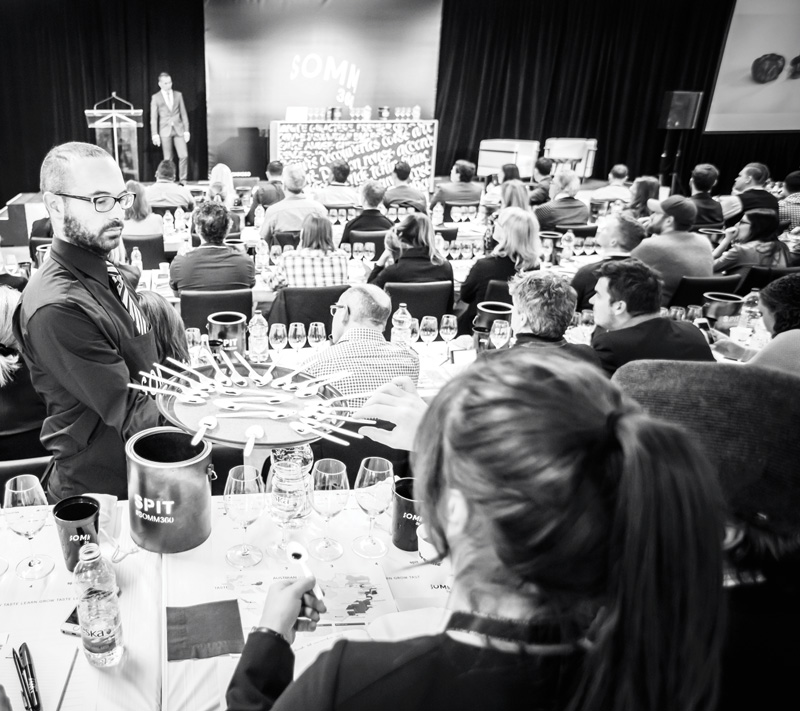
Since Riesling wines develop a molecule called TDN that gives the wine a petrol or kerosene flavour, they asked the researchers to isolate that molecule for them. Once the chef had the molecule, he began working on a dish of mochi (a sweet rice paste) and caviar, dabbing the mochi with the molecule, combining sweetness with saltiness. Served with a sweet Riesling from JJ Prüm Winery, “it was one of the most beautiful pairings of the year,” Cruz remembers. He describes it as “sweet and salty, with an affinity because both the glass and the dish repeat the molecular component.”
Another creation was a tribute to botrytis: a dish that looked like a rotten apple. Guillermo Cruz says the apple was perfectly fresh, but the chef inoculated the skin with the fungi used in making Roquefort and Brie cheeses. The dish was then served with a flight of four botrytis-affected wines from the world’s four major botrytis-producing regions, each one produced in a different decade. For the New Year celebrations, they went a step further, serving the “rotten” apple with a flight of ten decades of botrytis-affected wines from the 1920s through to the 2010s. Talk about communicating history!
A taste of art
Guillermo Cruz continued to regale his audience by telling them about how the restaurant received one litre and a half of Tio Pancho Romano, the oldest wine in Spain. “We were very lucky because Antonio Flores, the winemaker from González Byass in Jerez, gave us this wine made in 1728. That’s close to 300 years, it’s crazy!” He explained how the chef served Iberian ham, aged for 10 years, to pair with the wine, which now has the consistency of balsamic vinegar.
In closing, Guillermo Cruz had a surprise for the 300 sommeliers and wine professionals. He had brought along a small bottle of the 1728 nectar, and each participant was given a drop of the wine on a spoon. “This is something very special. Art has many different voices. For me, this wine is much closer to art than it is to wine.” And that, says Guillermo Cruz, is what Mugaritz strives to achieve.
“Now it is no longer the chef preparing dishes and us finding the right wine. We do everything together from the conception of the menu.”
—Guillermo Cruz
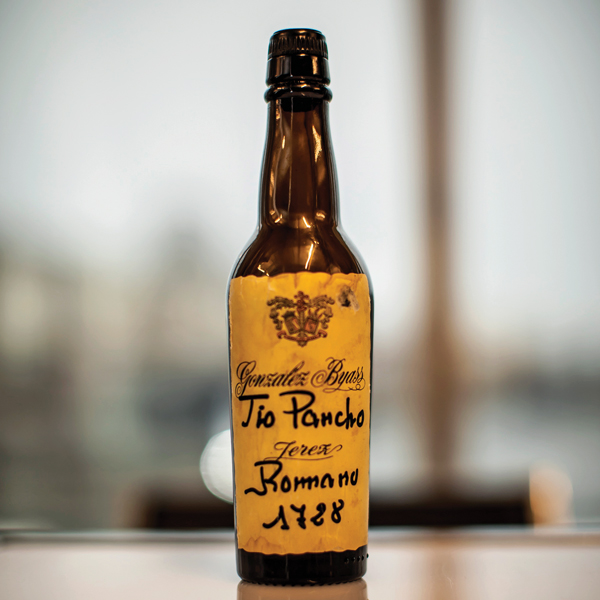
Paul Grieco and Vincent Lafortune

Guillermo Cruz
Photos: André-Olivier Lyra





